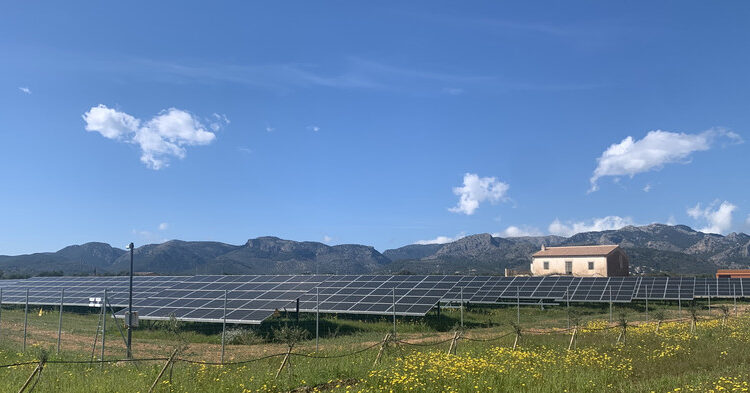
Europe’s power-grid problem is worse than previously thought, a new report by clean energy think-tank Ember suggests.
While additions to solar and wind energy soared in the past few years, European grid investments have lagged behind, resulting in congestion and costly delays.
According to the European Commission’s own figures, the investment gap will be €583bn by 2030.
But the report by Ember, published on Wednesday (13 March), suggested that this figure may be much higher, as grid plans in most countries are trailing national targets for 2030 wind and solar.
Its analysis of 23 national plans revealed that 19 of these plans underestimated the anticipated additions of solar panels by 205 gigawatts. Ten countries also underestimated wind power, totalling 17 gigawatts.
“We can’t afford to overlook grids. If plans aren’t updated, they risk holding back Europe’s supercharged energy transition,” said Ember analyst Elisabeth Cremona. “Making sure solar and wind can actually connect to the system is as critical as the panels and turbines themselves,” she added.
According to the Ember report, the energy crisis and Russia’s invasion of Ukraine have “turbocharged” Europe’s shift to renewables.
Renewable energy now makes up 44 percent of the EU’s power mix, with fossil fuels dropping to their lowest relative level ever.
But this rapid transition now risks being hampered by insufficient grid capacity and lacklustre planning.
Poland, Spain, and France are the least prepared for the amount of solar additions expected by 2030.
The Ember report found that grid plans in Croatia, Denmark, Finland, and the Netherlands generally kept pace with expected solar and wind expansion, although some problems existed even there.
The Danish grid, for example, is not prepared for the massive expansion of wind planned.
According to the International Energy Agency, Denmark plans to increase offshore wind capacity almost eightfold as well as quadruple onshore wind and solar PV by 2030 but has not planned its grid expansion to match the ambition.
Estimates cited by Ember put the 2022-2030 total grid investments in the EU-27, UK, Norway, and Switzerland at approximately €106bn each year, surpassing the figure put forward by the commission of €58.4bn annually.
But while expensive, failing to solve already existing grid connection queues and congestion is also costly.
In 2023, Spain spent €2bn on managing its already constrained grid cost, exceeding its €1.2bn investment in the transmission grid.
And Germany spent, in 2022, more than €4bn on congestion management alone — about 30 percent of the €13.5bn average annual investment earmarked for grid-transmission expansion.
“Grids are rapidly becoming the number one bottleneck for the build-out of new wind,” said Pierre Tardieu, chief policy officer at WindEurope. There “can be no transition” without better grids, he added.






